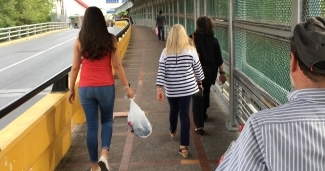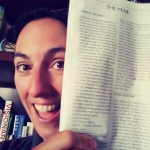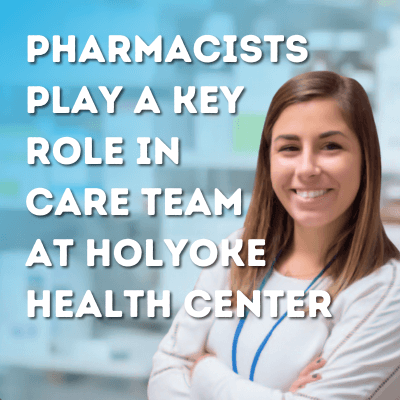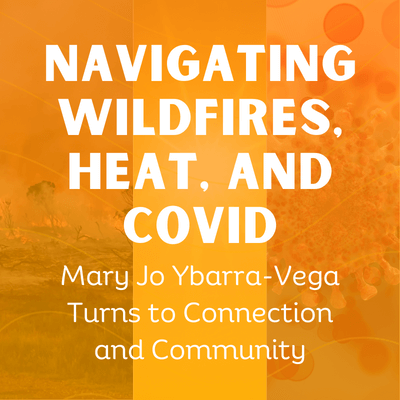"People Are Just Trying to Survive": MCN's Dr. Laszlo Madaras Reflects After Returning from the Border
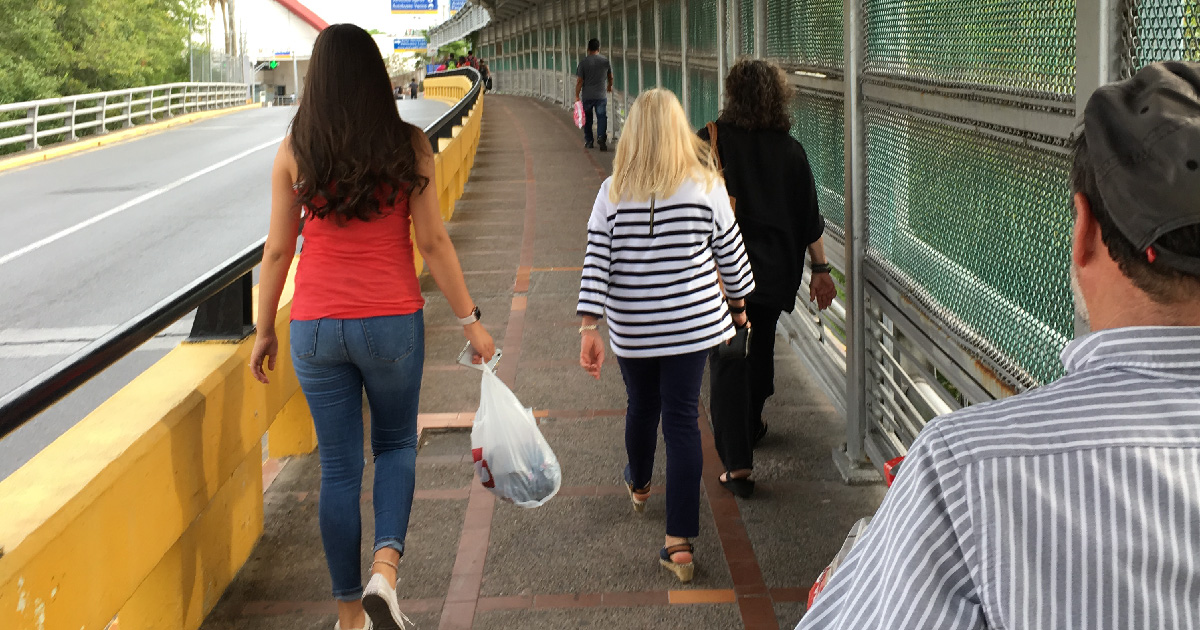
July is a time of reflection for Laszlo Madaras, MD, MPH, Chief Medical Officer of Migrant Clinicians Network. A quarter-century ago, in July, 1994, he traveled to Rwanda to serve the urgent health needs of refugees in a camp of 170,000 people fleeing the end of the brutal Rwandan genocide. A year later, he left in July to head to the Hungarian border, where refugees were fleeing the newly dissolved Yugoslavia, the Bosnian War, and the Srebrenica genocide. This July, Dr. Madaras headed to another border struggling to take care of asylum seekers: the US-Mexico border.
“The situation is very overwhelming,” admitted Dr. Madaras. He and MCN’s Chief Executive Officer, Karen Mountain, MBA, MSN, RN had just returned from a visit with Marsha Griffin, MD, Board Member for MCN, who lives and works in Brownsville, Texas, along the border. To learn more about the border situation firsthand, the three clinicians crossed the Matamoros Bridge, which links Brownsville, Texas to Matamoros, Tamaulipas, Mexico.
With temperatures hovering at 99 degrees, high humidity, little shade, limited water and bathrooms, thousands wait for months to cross the border legally. Mostly women and children, they wait in the heat day after day. And wait... One wall of the Mexican border crossing building was covered with print-outs of lists of names, each one a hopeful immigrant who is waiting to be called up. Advocates and pro-bono attorneys confirmed for the clinicians that just one or two asylum seekers a day, out of the thousands who have approached the crossing in recent months, are being permitted across the bridge. “Desperation itself can become a danger to the asylum seekers. It could be one of the reasons that the father of that little girl decided to try to cross the Rio Grande,” Dr. Madaras surmised. “To try to stay there day after day, to get dehydrated, just waiting… There were a lot of people, and they’re very patient, but there’s an end to what they can tolerate.” Those who cross the border illegally and then wait for a Border Patrol officer in order to ask for asylum are within their legal right to do so, but in making the trip, they risk their lives. They also may be separated from their families if the Border Patrol officer suspects the family is untruthful about the relationship. Along the border, Dr. Madaras says, no one he spoke with had heard of a DNA test coming back negative; all the separated families who had been suspected of trafficking had indeed been related. “There might be a case, but I don’t know of any -- nor did anyone I talked to,” he added. Once their asylum case is opened, if the asylum seeker is without a pro bono attorney, he or she is often unable to determine when their court date is or their court date may be scheduled at the border, even if their family members live thousands of miles away in New York or Washington, leading to further issues in properly completing the process. For many of those waiting on the Mexican side of the border, just a couple of hundred feet forward is only the first step.

The trio met with a Mexican counterpart, distributed some medical supplies, and talked with some people who were waiting. Dr. Madaras was surprised at the diversity in the asylum seekers; in addition to those from Honduras, El Salvador, and Guatemala, he also met several Venezuelans and Cubans as well as three gentlemen from Cameroon. “They didn’t speak much Spanish, so they felt very vulnerable to gangs” as they made their way to the border and at the border, Dr. Madaras said. He was struck by the vulnerability of many of the asylum seekers.
“One child was sitting and eating rice and beans, he and his mother were from Honduras. She started out with papers, but the border patrol [on the Honduras border] took them didn’t return them to her. She is only 20, and she didn’t know to ask for them back,” he said. “I guess she realized she couldn’t go back, and now it is very difficult for her to move forward. She’s in limbo. She just wanted to be safe. She was struggling with seizures. Just imagine one of your children, 19 years old, who left the country, with a seizure disorder, has a baby, without papers, who can’t get asylum nor return home without them. Now having come all this way she will never be allowed into the U.S. because she can’t prove where she came from. I fear for her safety.” Indeed, a Mexican health worker told Dr. Madaras that sexual assault is a growing concern. Exploitation of all kinds continues to be rampant at the border. Showers are available, but for prices that most refugees have difficulty affording with limited means.
Even among the fear and desperation were glimmers of normalcy. Volunteers distributed rice and beans and pizza, families ate together. A group of people -- some children as young as five, up to adults, from many nations around the world -- kicked around a battered ball in flip flops or with bare feet, in a game of pick-up soccer. Dr. Madaras would’ve joined, he said, if it weren’t so hot. As a clinician, he fears for the health of those who are waiting. As a former refugee himself, whose family fled Communist Hungary and was welcomed by the US in the 1960s, he fears that as a country, we’re not doing enough.
“People are just trying to survive,” he said. “We should offer some basic help. We’re a rich country and we have the ability.”
Like what you see? Amplify our collective voice with a contribution.
Got some good news to share? Contact us on our social media pages above.
Return to the main blog page or sign up for blog updates here.
- Log in to post comments
